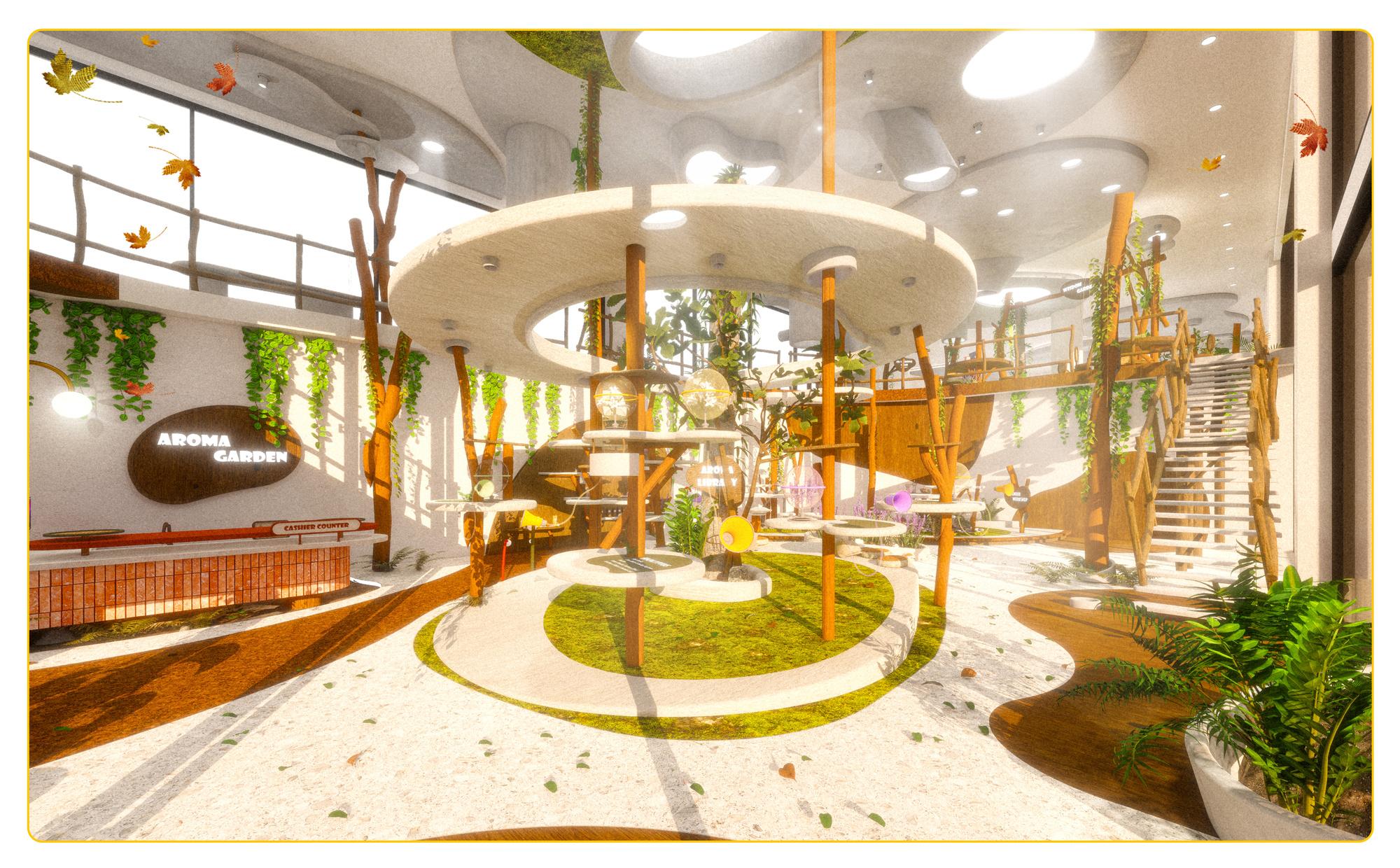PROFESSIONAL PRACTICE (ARC62604)
BY CHIA YI LING
0338507



0338507


As future Graduate Interior Designers, students must possess a broad vocabulary and understanding of contractual, professional and legislative terms used daily whether amongst clients, contractors, peers, authority or the general public.
This assignment serves as an introduction to the standard of Professional Conduct and Practice. It aims to outline the general Professional Conduct and selfdiscipline expected of Interior Designers registered with the Board of Architects (Lembaga Arkitek Malaysia)
Students are required to refer documents that relate closely to the legal and regulatory framework in practice such as the Architects Act 1967, Architects Rules 1996, Uniform Building By-Laws 1984, PAM/MIID Contract and other regulatory provisions related to the profession.






https://www.youtube.com/watch?v=NauumO39HMM













This task is to encourage more democratic exchanges whereby in the online forum, each student has a voice that will be heard by anyone who chooses to read his or her comments. Students will experience personal and academic gains as result of their communication with their peers The goal is for the students to gain professional interchange, and seek out ideas among their colleagues through electronic communication to facilitate the process.
Participate in Professional Development Week at Week 8, the University will require you to join at least 6 seminars (TBC) & at the end of the PDW week each student will be required to conclude a summary/reflection of their personal thoughts of your selected PDW seminars (with text and images/screenshots). The summary shall not be more than 500words, and each seminar’s summary must be done separately with clear naming of each topic




















This assignment sets the scenario for students to to reimagine and reconceptualize the ideal architectural practice of the future. Participants are encouraged to consider various challenges often faced by architects/designers and propose solutions, and innovative business models
In deciding the desired business context, students need to evaluate critically the data obtained in Project 1. In doing this assignment, students will be clearer of their own vision and mission in forming their own design company within the business context. This is achieved through reflection of one ’ s own action and learning in applying effective business practices












This assignment allows students to apply their knowledge gained in Project 1 into their individual projects in AIDP2. Each regulatory, legislative, and technical provision must be illustrated into an informative report presentation with dimensions, drawings (including isometrics) and materials where necessary Students will be assessed based on their ability to explain and apply knowledge and understanding to their Final AIDP2 Project.
This exercise serves as a working paper for AIDP. Students’ design shall not change or be influenced by the laws due to both module’s time constrain factor, instead, it acts as an overall guideline to address the next forthcoming steps before finalizing the building plans Thus, students are asked to identify non-compliance by marking an (x) and describing the next course of action for design rectification. This rigorous process is essential to ensure compliance with the law before the drawings can be submitted to the Local Authority




https://issuu.com/yiling0630/docs/pp_portfolio

Professional Practice which are focused on Malaysian law and safety purposes. Understanding the legal and safety aspects of interior design is crucial for practicing the profession responsibly and ethically. It ensures that your designs comply with regulations and standards, promoting the well-being and safety of occupants.
In Malaysia, interior designers need to be familiar with relevant laws and regulations that govern their profession This includes knowledge of building codes, fire safety regulations, zoning laws, accessibility requirements, and environmental regulations, among others. By understanding these legal requirements, we can ensure that our designs meet the necessary standards and avoid any legal issues.
Safety is another vital aspect of interior design. Creating safe spaces involves considering factors such as ergonomics, adequate lighting, ventilation, acoustics, and material selection. Additionally, knowledge of safety measures for emergencies, such as fire prevention and evacuation procedures, is essential to protect occupants in case of an incident.
By gaining knowledge in these areas, we can enhance our abilities as an interior designer, providing clients with well-designed, compliant, and safe spaces Remember to stay updated with the latest laws, regulations, and safety standards as they evolve over time to ensure that our designs remain current and aligned with the best practices in the field.